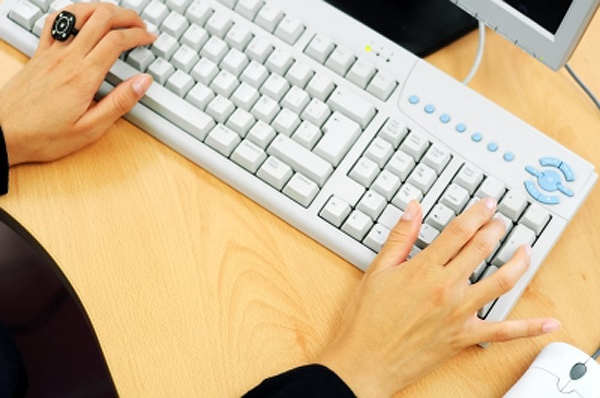Instruction
1
Log in via the menu "start""control Panel", clicking on a line with the left mouse button. When the panel appears, divided into categories, select "appearance and themes" click on the icon with the left mouse button. In the opened window, click the left mouse button on the icon "taskbar and menu start". If control panel is displayed in classic view, just select the icon "taskbar and menu start". In the lower left corner of the screen opens the Properties window of the taskbar and menu start".
2
There are more shortcuts in the Properties window of the taskbar and menu start". Move the cursor to the taskbar and click it, right-click in any free from program icons. In the drop-down menu , select last line "Properties" and click it with any mouse button.
3
Go to the properties window on the tab "task Bar". Under "taskbar appearance" (he is at the top of the properties window immediately below the field to graphically display the current settings) put marker in the field "auto-hide the task bar". Click on the "Apply" button, close the window by clicking on the "OK" button at the bottom of the window or click the "X" in the upper right corner of the window. The panel will be hidden.
4
To access the taskbar and menu "start" after you change the settings, simply move the mouse cursor to the bottom edge of the screen panel comes out. While the cursor is in the tray, it would be visible; if you move the cursor in any other place, the panel will hide automatically.
5
To revert to the classic taskbar visible and the menu "start", repeat all the steps to invoke the properties window of the taskbar, and remove the marker from the field "auto-hide the taskbar", click Apply and close the properties window with the button "OK" button or "X" in the upper right corner of the window.
